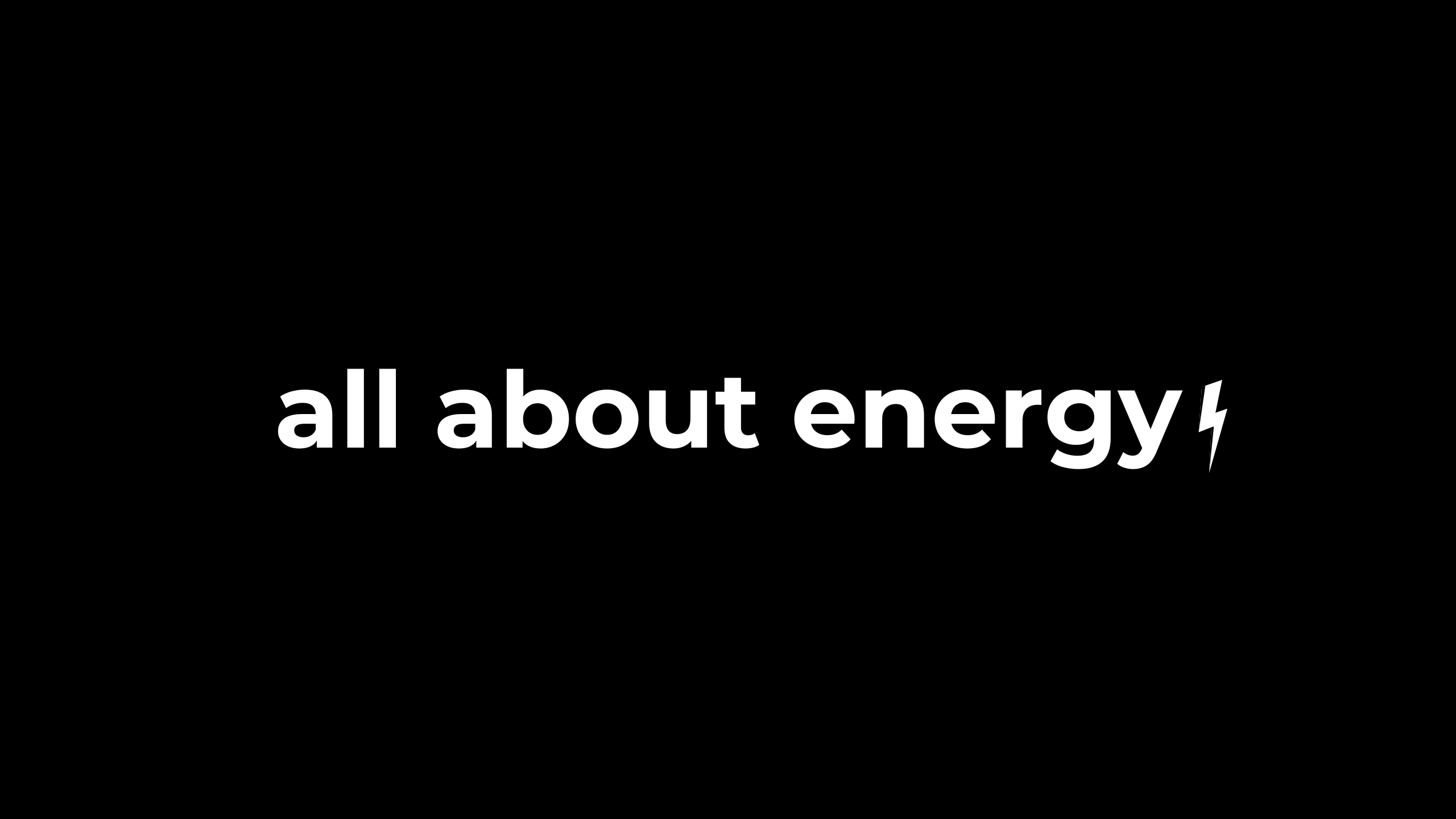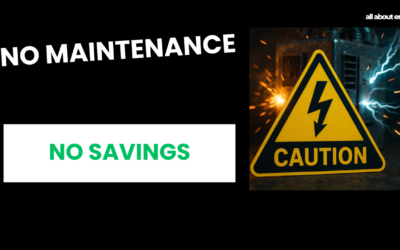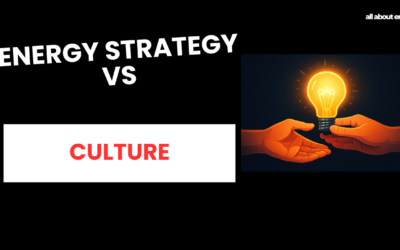How Staff Awareness Can Cut Energy Costs
Written by Joe Wright
In the world of energy efficiency, much of the focus is placed on technology, data, and systems. While these tools are critical, they represent only one piece of the puzzle. The other and often overlooked piece lies in the hands of your staff. Without their awareness and engagement, even the most advanced energy-saving systems can fall short of their potential.
The Hidden Costs of Overlooking Staff Awareness
Imagine installing a cutting edge energy management system designed to optimise your operations. The system has all the bells and whistles: real-time data monitoring, AI-powered analytics, and automation. But if your team doesn’t understand how to use it effectively, these features can quickly become redundant.
For example, as an energy auditor I’ve encountered numerous HVAC systems overridden by staff who didn’t realise they were bypassing energy-saving settings. Some left systems running overnight unnecessarily; others adjusted temperatures to extremes without understanding the financial and environmental consequences. In some cases, these systems weren’t even commissioned properly at installation and were never flagged. This is a costly oversight that could have been avoided with proper staff training.
We’re not just talking about HVAC systems either. Manufacturing sites often suffer from similar issues.
I’ve audited facilities where machinery continued to run during non-production periods, wasting vast amounts of energy and inflating operational costs. These examples highlight the critical role staff play in bridging the gap between technological investments and real-world energy savings.
From Passive Bystanders to Active Participants
A well-informed workforce transforms energy efficiency from a top-down initiative to a collective effort. When employees understand how their actions impact energy consumption, they move from being passive bystanders to active participants in your sustainability goals. Training empowers them to:
- Identify and address energy inefficiencies, such as reporting compressed air leaks, malfunctioning equipment, or unnecessary lighting.
- Use timers, smart plugs, and automation tools to optimise energy use for equipment.
- Cultivate energy-conscious habits, such as shutting down equipment, lights, and machinery when not in use.
These actions may seem small on an individual level, but across an entire organisation, they add up to significant savings.
Building a Culture of Accountability
Effective staff awareness isn’t just about delivering a one time training session it’s about embedding energy efficiency into the organisational culture. Here’s how:
- Continuous Education: Regular workshops and training sessions keep energy-saving practices front of mind. Incorporate real-world examples relevant to your operations, such as case studies of wasted energy in similar organisations.
- Visible Metrics: Use dashboards or displays in shared spaces to show real-time energy performance. Visualising data helps employees see the direct results of their actions.
- Feedback Mechanisms: Encourage staff to share their observations and ideas for improving energy efficiency. For example, frontline employees might spot inefficiencies that aren’t obvious to management.
- Recognition and Incentives: Celebrate energy-saving successes. Create monthly awards or team competitions to recognise those who contribute to achieving energy goals.
When accountability is shared across the workforce, saving energy becomes a shared mission rather than just a management directive.
Recognition for staff efforts is a very important part of engagement. You’re asking people to support the organisational goal to potentially save thousands or more. A simple well done or a badge won’t cut it for sustained results. Dig a bit deeper into your pockets. You know you can afford it.
Quantifying the ROI of Staff Awareness Programs
Lets look at some numbers.
Consider a scenario where a medium sized manufacturing plant spends £500,000 annually on energy. By implementing a targeted staff training program, the plant identifies opportunities to reduce idle equipment time, improve maintenance reporting, and optimise machine usage. These behavioural changes lead to a modest 5% reduction in energy costs a saving of £25,000 per year.
Now, consider the long-term impact. Over five years, that’s £125,000 in savings. Factor in the additional benefits of reduced carbon emissions, improved compliance, and enhanced staff morale, and the value of the investment becomes clear.
Over to you.
Practical Steps to Get Started
If you’re ready to harness the potential of your workforce to drive energy savings, here’s a roadmap to get started:
- Assess Training Needs: Conduct a baseline assessment to identify knowledge gaps and prioritise areas where training will have the greatest impact.
- Tailor Your Program: Develop customised training materials aligned with your organisation’s specific energy goals and challenges.
- Leverage Technology: Use e-learning platforms, gamification, and interactive tools to make training engaging and accessible.
- Measure Impact: Track key performance indicators (KPIs), such as reductions in energy consumption, to evaluate the effectiveness of your training program.
- Iterate and Improve: Continuously refine your approach based on feedback and performance data.
If you need help with any of these, reach out.
Contact hello@allaboutenergy.co
Are you looking to improve your organisations energy management practices?
Take our Energy Management Scorecard quiz to assess your current strategies and identify areas for improvement. Click below for the free assessment

You May Also Like…
Compliance Simplified
If you’re part of any of the mandatory compliance scheme like SECR, ESOS, or the many others out there, then you...
Why maintenance matters for energy management
When you think about improving your energy management, where does your mind go first? Upgrades? New systems? Cutting...
Creating A Culture Of Energy Efficiency
If your business is subject to compliance schemes like ESOS or SECR, you’re not alone. A lot of the companies I work...




